by Tunji Olopa
What is the nature of the youth strategy required to harness the youth in Nigeria? What is to be done is clear: We need youth development programmes and value proposition, as well as an execution framework, around which a paradigmatic value reorientation and platforms of engagement can be achieved
It is a very significant fact for our national project today that Nigeria can rightly be considered as a country of young people. This is because more than 70% of Nigeria’s total population is youthful. That demographic figure is an ambivalent fact until we all make a strong and forceful decision about what we want to do with that statistics. One way to treat the fact is to conveniently ignore it and allow it to degenerate to the level where the youthful energies become a source of national worries and security challenge beyond measure. The Mohamed Bouazizi’s frustration and the dimensions that the whole dynamics of the Arab Spring have created as the new face of struggle for national revival ought to give us pause on the wisdom of neglecting such a huge source of unchannelled dynamism.
On the other hand, the challenge of the youth could be critically and robustly confronted and reconfigured within the context of our idea and ideals of what we want Nigeria to become. Melvin Tolson, the American poet, once said “Youth has vision! Old age, dreams.” Nigeria is now at a critical juncture in her national history where the dreams of old age must enter into a productive conversation with the vision of youth. In other words, the Nigerian youth constitutes a template for rewriting the dynamism of the national project burdened by the tragic stories of ethnic rivalry and religious chauvinism. This translates immediately into a development platform that integrates the youth as a critical variable while simultaneously including them as one of the development indices.
Picking up the challenge of harnessing the youth as a development platform begins from the acceptance of Margaret Thatcher’s warning that “Young people ought not to be idle. It is very bad for them.” What we should add is that the idleness of the youth portend great danger for the Nigerian state and its many visions. To pick up the baton necessarily requires that we transcend the level of narrow focus on their possibilities towards reconsidering them as institutional platforms. Attending to the Nigerian youth, in other words, demands commitment at the level of a paradigm shift. Such a paradigm shift would facilitate a movement from traditional approaches to youth-friendly platforms of engagement — blogs, twitter, Facebook, YouTube, etc.; (b) a transition from a strict budget resource dependence to a partnership-oriented one; and (c) a change away from a bureaucratic to a result-based performance framework that utilises reward and sanction mechanism.
The new youth development strategy transcends the normal, run-of-the-mill diagnosis of youth matter. Indeed, almost everybody within the conventional perspective is an expert on the youth in this sense. Everybody has a handle on the challenge and what the youths are or are not or should be. Within this generalised and uncharted diagnosis, the Nigerian youths are either just a rebellious mass or a cynical lot who have been driven to an agnostic level about leadership commitment. The unfortunate but genuine fact that this diagnosis laments is the employment deficit confronting the youths in Nigeria which deprived the nation of a critical human and social capital the youth affords. However, beyond diagnosis is the requirement of a serious and committed youth strategic action frame that serves as the framework for a comprehensive outline of government action plan that rally the youth towards a nationally galvanised conversation.
What is the nature of the youth strategy required to harness the youth in Nigeria? What is to be done is clear: We need youth development programmes and value proposition, as well as an execution framework, around which a paradigmatic value reorientation and platforms of engagement can be achieved. The core of the evolving youth strategy would therefore be rooted in various stakeholders’ platforms that would be veritable points for exchanging knowledge and lessons of what works, what are not working and solution framework for continuous learning and improvement, including celebration of success story. The youth development strategy document deploys the Nigerian youth as an immediate and future value. Such a future, according to Jean-Jacques Ampere, ought to be “the faith of our age: it is the torch of the past, the guiding star of the present”. The youth development strategy adapts the dreams and enthusiastic visions of the Nigerian youth to the Nigerian national project.
This youth strategy is significant essentially because it functionally connects other development frameworks. First, the Transformation Agenda as well as the Vision 20:2020 provides an appropriate broad policy roadmap which guides and fills out the aspiration of the youth development strategy that is targeted at certain strategic objectives that secure a better deal for the youths. These include:
*Creating decent jobs in sufficient quantities to address the protracted problem of unemployment and reduce poverty;
*Laying the foundation for a robust and inclusive growth of the Nigerian economy; and
*Improving, on a sustainable basis, the well-being of all classes of Nigerians regardless of their personal circumstances and location.
Second, the new strategy ensures a partnership framework that is a significant shift away from the assumption that youth matter is an all government affairs. Rather, it proposes a means of synergising the contributions of other level of government (states, LGAs) as well as NGOs, community-based organisations, faith-based organisations, private sector and international agencies as well as youth-focused government initiatives which are dispersed across MDAs. All these sectors are brought together under an inter-ministerial platform to confront a three-fold objective:
• articulate the shared value in Nigeria Youth Development;
• develop holistic plan, to mobilise stakeholders; and
• coordinate all interventions for effective implementation.
The institutional arrangement that results from this synergy between government and government as well as with non-governmental organisations ranges from the minute to the truly revolutionary. This arrangement provides an institutional dimension which inter-governmental cooperation, PPP and other platforms can indeed strengthen.
We can then move from this specific institutional framework to elaborating certain measurable objectives that will be calibrated into a Youth Development Index (YDI) to encapsulate the narrative of our envisioned shared future with such implementation pillars as:
• paradigm shift in education and training to breed a new generation of enterprising, skilled, innovative and self-reliant youths;
• meaningful strategies for information, participation and structured inter-generational self-sustained conversation and dialogue;
• permanent structures for smoothening the cutting edge of policy framework and programmes through youth research and networking that leverages social media to build a community of practice and service;
• a national system of evaluation, quality control, accountability and feedback that is interrogated at institutionalised inter-generational platform/forum convened at the highest level; and
The new Action Framework has four main domains. The first is Social Mobilisation, the second is Leadership Development, the third Leverages Social Media as a critical platform for information, education and communication with the Nigerian youth and the fourth is Youth Empowerment. The implementation pillars is expected to be strengthened by a National Training Strategy Framework, defined by a ‘dual system” of education which combines school-based education with in-plant training for building bridges between education, vocations, training, qualification framework, skills-pricing policies/wage policy and employment; with a profiling system to establish the skills that are available, skills gap, the challenges and projected future skills requirement and employment trends by occupation, a prognosis that will be most valuable for decision making.
One core concern of the new strategy is to engage more closely with the Nigerian youth. We know for a fact that most of them are now found on the various social media platforms and/or on the internet. We have therefore re-crafted our engagement strategy with this new development in mind. Our technical team has redesigned our website specifically to cater to their needs. We have made it into a portal that would serve as a one-stop-shop for the Nigerian youth. We have also created a dedicated unit that is responsible for maintaining the portal and its associated demands including handling live calls and chats. The youth are changing the world at a tremendous pace, and we, who are tasked with youth development, are evolving and keeping pace.
For Andrew Grove, the important things of tomorrow are probably going to be things that are overlooked today. The new youth strategy and framework of action will remain a living document open to progressive review based on our experience in this learning journey. It is our present mandate to ensure such a document evolves as the beginning of a new epoch in the history of youth development and contribution of the youth to national development in Nigeria.
– Dr. Olaopa is the Permanent Secretary, Federal Ministry of Youth Development, Abuja.
————————-
Read this article in the Thisday Newspapers
Op-ed pieces and contributions are the opinions of the writers only and do not represent the opinions of Y!/YNaija.





Leave a reply